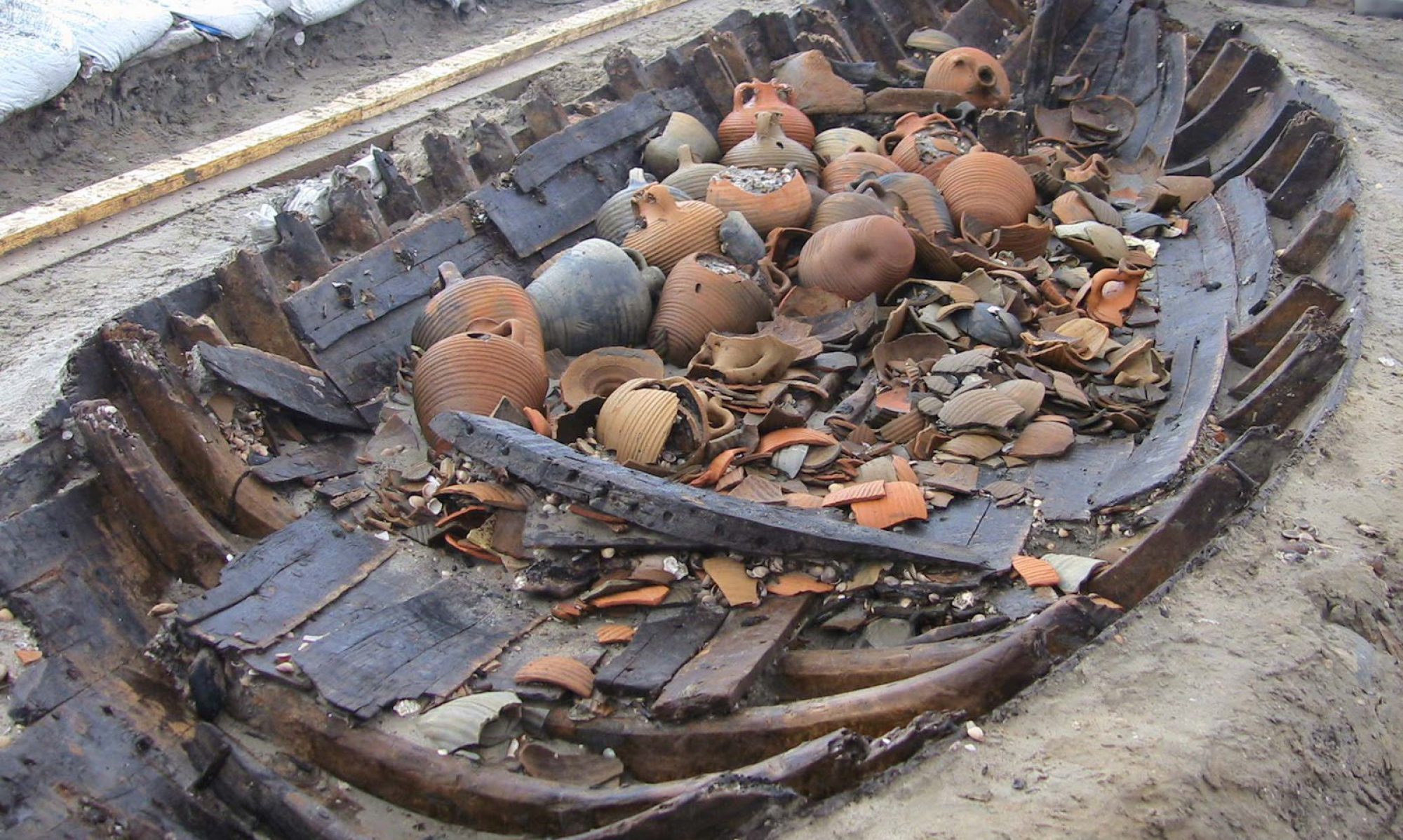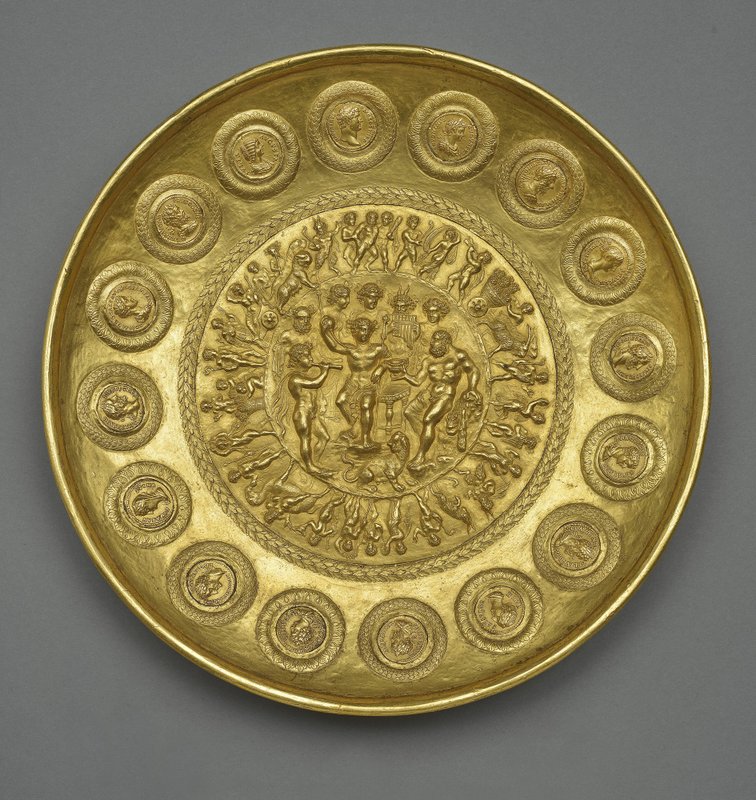Eighty skeletons found shackled in a mass grave near Athens last year could be the remains of Cylon’s followers. The Athenian nobleman was the first recorded winner of the Olympic Games, but he went down in history for attempting to take over the city by force and become its only leader, some 2,600 years ago.
The skeletal remains were discovered in the Falyron Delta Necropolis – a large cemetery dating back to the 8th to 5th century BCE that was unearthed over a century ago during the construction of an opera house and a library south of Athens.

The wrists of the 80 individuals had been clamped by iron shackles. They were put in the mass grave but arranged in an orderly manner, which suggests they were not slaves.
They appear to have been the victims of a bloody execution. Archaeologists determined that they had died from blows to the head sometime between 675 and 650 BCE, as dated by the analyses of pottery fragments recovered from the grave. This was a time of great social unrest in Ancient Greece.
Discovering so many ancient skeletons in one place is rare, so the researchers were intrigued and wanted to find out who these individuals had been and why they were killed. Ever since the skeletons were unearthed, the most popular hypothesis discussed by archaeologists has been that these individuals were part of Cylon’s army that tried to take over the city.
What is certain is that the coup attempt failed. Cylon was defeated but managed to escape and hide in a temple. The men who fought for him were not so lucky, and just like the individuals in the mass grave, they were executed.
Archaeologists have started using innovative scientific techniques worthy of a CSI episode to learn more about what happened and to see if they can get clues to confirm this theory.

The tests conducted on the skeletons include DNA profiling as well as radiographic and isotopic analyses to shed light on these people’s age, geographic origin and social status. The archaeologists might also get an idea of whether these men were related and whether they were in good health overall.
All this information could help confirm whether these men were likely to have been Cylon’s supporters. Preliminary results back up the idea that these were Cylon’s men, as they appear to have been young and healthy when they died, as would be expected of fighters in an army. However, more investigations will be needed before the full picture can emerge – the DNA analyses in particular are awaited with impatience to establish the relationships between these people who were executed together in such a violent manner.





























You must be logged in to post a comment.